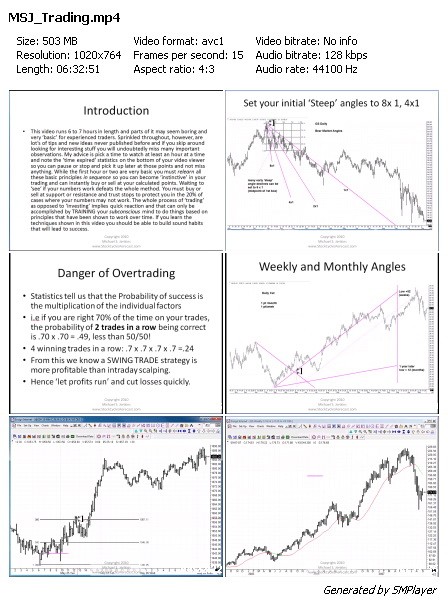ESignal Learning Trading Educator s Corner Raghee Horner Using Minor Highs and Minor Lows to
Post on: 24 Май, 2015 No Comment

Founder / Lead Trader of EZ2TradeSoftware.com and Author
Focus: Trading education and charting strategies
* Not employed by or affiliated with Interactive Data
Using Minor Highs and Minor Lows to Pinpoint Reversals
Smart trading need not be complex. I believe in the philosophy of simplifying whenever possible. I also believe in using charting principles that are applicable to any market and any time frame. The cornerstone of my trading can be summarized in two easy steps:
- Find the trend: Short and long term.
- Find potential reversals within the trend.
A simple, no frills approach.
I use two tools to accomplish this. The first is a Trendline tool, and the second is a Fibonacci Retracement tool. I believe in these two time-tested tools and feel that they are the best of the traditional methods. And, now, we can couple them with today’s technology; namely we can automate these two functions within eSignal.
Two of my favorite chart patterns are Minor Highs and Minor Lows. These patterns work seamlessly with Trendlines and Fibonacci Retracements. Minor Highs and Minor Lows also confirm candlestick patterns that I like to see when setting up potential reversals.
Minor Highs and Minor Lows are not complex patterns. In fact, with a little practice, they seem to pop out of your charts. Because an uptrend is a series of higher lows and a downtrend is a series of lower highs, I find that Minor Highs and Minor Lows allow me to identify the individual highs and lows within the overall trend. Consider this: An uptrend is simply support while a downtrend is resistance.
The concept of Minor Highs and Minor Lows is certainly nothing new. I first began testing these patterns when I read about them back in late 1989.
When looking for a Minor High, you are looking for a candle (or bar) that is preceded by a candle with a lower high and lower low and followed by a candle with a lower high and lower low.
A Minor Low would then be the opposite of what I just described; that is, you are looking for a candle (or bar) that is preceded by a candle with a higher high and higher low and followed by a candle with a higher high and higher low.
These patterns consist of three candles, end-of-day or intraday. Ignore inside ranges. (Inside ranges [also known as inside days] are those candles whose trading range is within the previous day’s range.)
Let’s take a look at the formation to get some clarity.
As you can see, we were alerted to this Minor High because prices first established a new high, marked by the H and 2. Once we establish a new high, we go back to the preceding candle to see whether it had a lower high and lower low. If it did, that is Day 1 of your pattern and the new high is Day 2.
Next we need to see a Day 3 candle that has a lower high and lower low compared to the range of Day 2. If we do, we have a confirmed Minor High.
Once you have identified these patterns you can then further confirm the potential for reversal with candlestick patterns, such as Dojis and Spinning Tops. (I highly recommend Steve Nison’s books for learning more about these powerful formations.)
Of course, finding a Minor High or Minor Low pattern at key Fibonacci Levels can also be a powerful way to confirm reversals, the subject I will reserve for discussion at another time.
Read more articles from Raghee Horner.
Raghee’s Educator Credentials
Raghee is an experienced trader with more than 15 years in the markets. She has taught her brand of technical analysis and charting strategies to students all over the world.
As an international author, Raghee has taught currencies, futures and equities trading for more than a decade. Emphasizing charting and price action, Raghee continues to teach the tools and strategies that encourage self-directed traders to pursue the study of technical analysis and market psychology.
Allowing experience of actual trades to inspire her strategies, Raghee has maximized the tools of eSignal to develop automated charting tools for active traders and investors.
She has been interviewed by radio commentators and has offered education and analysis on her own radio program. Raghee is a sought-after speaker who has conducted seminars throughout the US, Canada, the Caribbean and Asia. She is also frequently invited to teach and offer analysis about the Forex market.
Raghee Horner’s Writings
Raghee has written more than 100 articles on investing, active trading and market psychology. She has also advised money managers and hedge funds. Her chart analysis and commentary have appeared on TradingMarkets, JAGNotes, StockCharts.com and FXStreet. She has been a regular on the MoneyWatch Radio Network.
Contact Information **
** Interactive Data is not responsible for any interaction between the user and the entity identified above.














